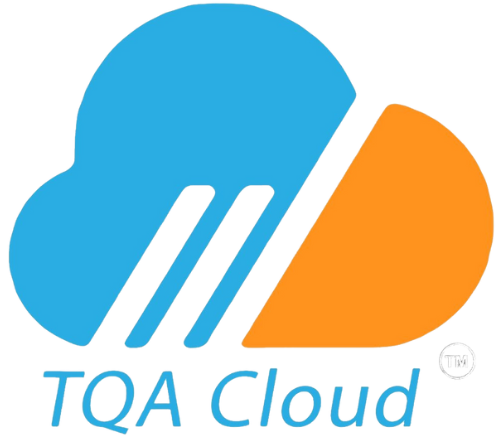What documents are needed to be ISO 9001 compliant?
Essential Documents to Navigate the Journey Towards ISO 9001 ComplianceEmbarking on the journey towards ISO 9001 compliance necessitates the meticulous development, management, and review of numerous documents. These documents not only serve as a testament to the organization’s adherence to prescribed standards but also form the backbone of a systematic and auditable Quality Management System (QMS).
Quality Policy and Objectives: A documented quality policy and quality objectives provide a clear direction and framework for organizational processes, ensuring alignment with customer and regulatory requirements.Quality Manual: Although no longer a mandatory document in ISO 9001:2015, a Quality Manual can serve as a comprehensive guide, outlining the scope, processes, and policies of the QMS.
Scope of the QMS: A document that clearly delineates the boundaries, applicability, and justifications for any exclusions of the QMS, ensuring clarity and direction in its implementation and management.Process Documentation: This encompasses documents that define, describe, and guide organizational processes, ensuring consistency, repeatability, and control. Work Instructions: Detailed documents or records that provide specific instructions on how to carry out a task or operation, ensuring standardized execution and output.
Records: Essential for demonstrating compliance, records are documents that present results achieved or provide evidence of activities performed.
Procedures: Documented procedures establish the standard method of performing activities, ensuring process consistency and compliance with specified requirements.
Control of Documents Procedure: A procedure that outlines how documents within the QMS will be controlled, including their approval, review, modification, and distribution.
Control of Records Procedure: A procedure that defines how organizational records are identified, managed, protected, and retained, ensuring traceability and accessibility.
Internal Audit Procedure: A document outlining the planning, conducting, reporting, and follow-up of internal audits, ensuring they are performed effectively and add value to the organization.
Control of Nonconforming Outputs Procedure: A procedure that delineates how nonconforming outputs are identified, documented, evaluated, and dealt with, safeguarding product/service quality and customer satisfaction.
Corrective Action Procedure: This procedure guides how corrective actions are identified, documented, implemented, and reviewed, ensuring the effective addressing and prevention of nonconformities.
Navigating through ISO 9001 compliance involves the strategic development and management of various documents, each serving a specific purpose within the QMS. While it’s essential to develop documents that align with ISO 9001 standards, it’s equally pivotal to ensure that they are applied, maintained, and continually improved upon to sustain compliance and foster a culture of quality and continuous improvement.
